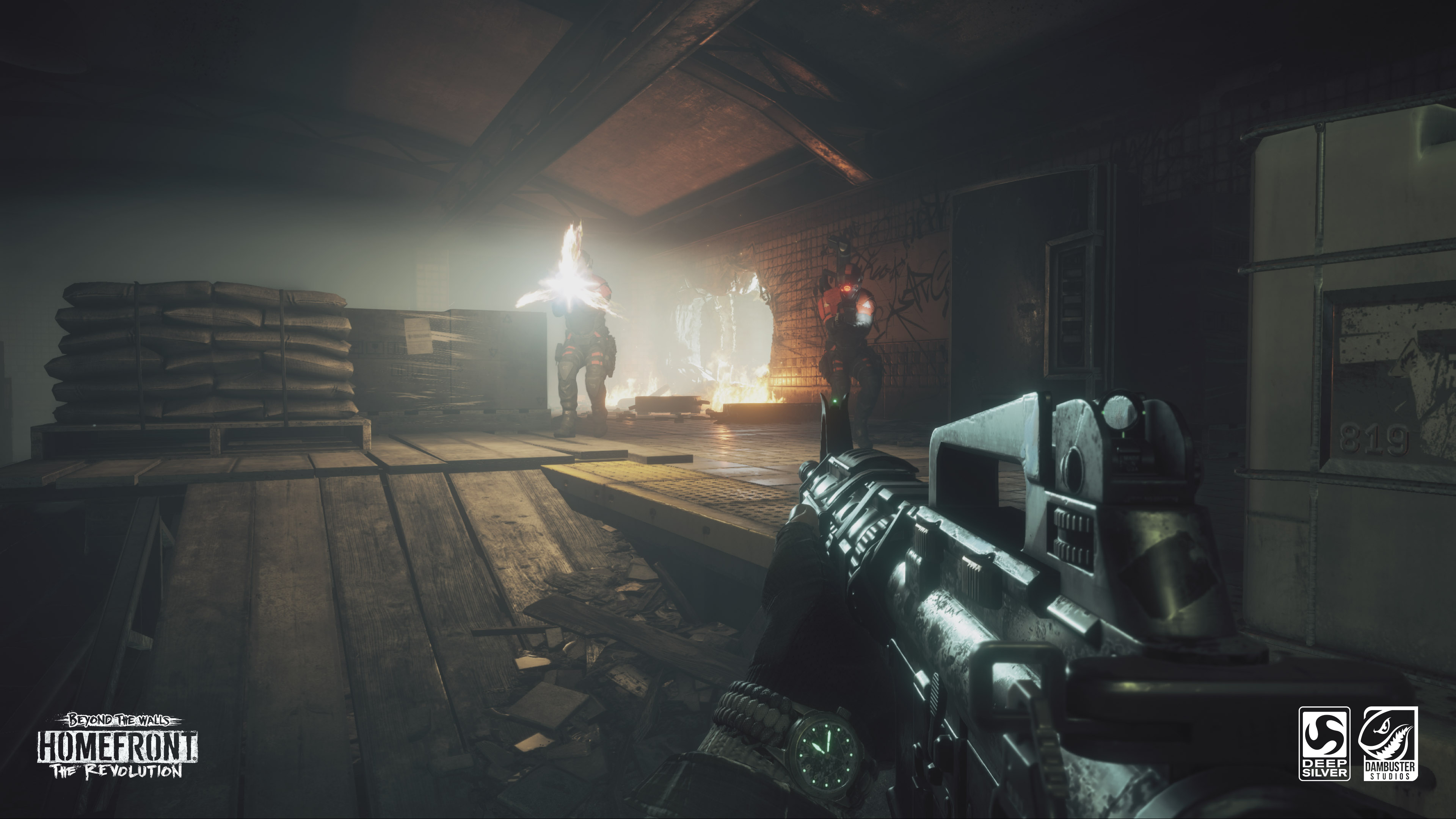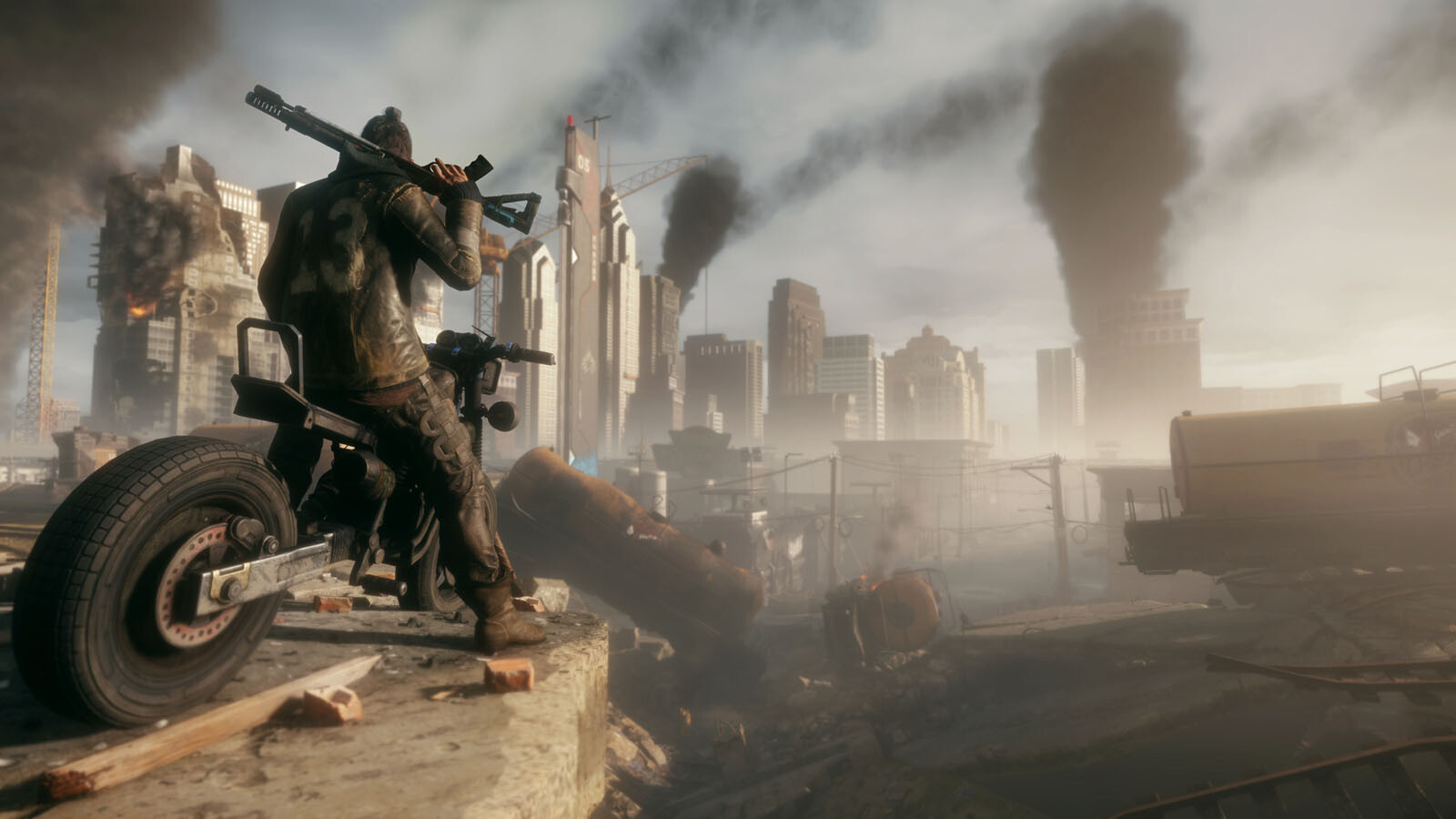


With that change in style comes some interesting twists on the formula, allowing for a buying and selling mechanic with street vendors, as well as a crafting system for making objects like molotov cocktails. This all makes for a serious change in gameplay from the last title which was a more traditional FPS along the lines of Call Of Duty / Battlefield. Lacking linear levels, there are loads of side missions to undertake while furthering the overall cause of keeping Benjamin Walker – the voice of the revolution – alive so that he can unite the people against their occupiers. Some areas are off limits however, and KPA will open fire if you if you enter and don't immediately leave. You are instead in a living and breathing city, trying to blend in and avoid trouble when you aren't undertaking missions. There are no traditional levels like in the previous game, and every KPA you come across isn't shooting at you immediately. Is there a good time? Changing The Gameplay Dynamic While the notion of a unified Korea invading the United States is far-fetched, previous developer Kaos Studios put a lot of time into thinking through how that could happen and making each individual turning point believable.Īlthough the backstory isn't quite as well thought-out, the opening segment is even more brutally tense than what was experienced in the first game.ĭambuster Studios isn't pulling any punches with this follow-up title, so steel your resolve and get ready to see civilians and resistance members alike go down in particularly brutal fashion.

Personally, I liked the backstory of the first game better. Of course there were those who didn't accept their new rulers peacefully, and thus a resistance was formed: terrorists to the KPA, and guerrilla fighters to those who want to see the U.S.

but very quickly it became clear this was an occupation, not a humanitarian mission. Realizing they had us at a disadvantage, Korea decided to go ahead and turn all our electronic equipment off at once, having built a backdoor into every piece of tech they sold us. After the fallout, the KPA showed up as peacekeepers to distribute food and maintain order. In this version of the Homefront experience with an alternate timeline, the United States became reliant overly-reliant on Korean technology, including military hardware. has been successfully invaded and occupied by Korean forces, with you in the role of patriot struggling to reclaim your once-great nation in a guerrilla war of attrition. So what's the same? The central idea alone: that the U.S. Homefront: The Revolution (very pointedly NOT named Homefront 2) comes courtesy of a different developer, is set in a different universe and time table with a completely different backstory, and the game offers a very different playstyle than its predecessor to boot.


 0 kommentar(er)
0 kommentar(er)
